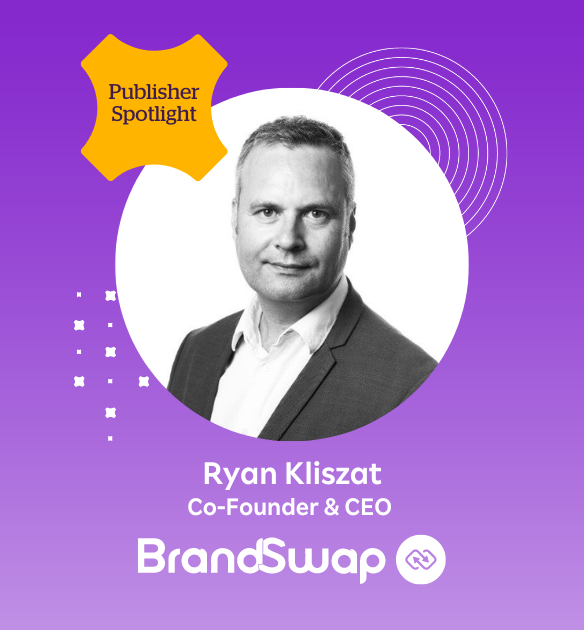Affiliate benefits for financial services
Brands in the financial services industry are spending more on digital advertising. eMarketer projects that financial services advertisers will spend £14.62 billion on digital channels overall this year, nearly double the £8.08 billion they spent in 2017.

Brands in the financial services industry are spending more on digital advertising. eMarketer projects that financial services advertisers will spend £14.62 billion on digital channels overall this year, nearly double the £8.08 billion they spent in 2017.
Affiliate marketing spend is set to grow as well, in part because it is a low-risk performance channel. In financial terms, it’s a smarter investment vehicle than some because advertisers only pay when a conversion or agreed action takes place.
Rakuten Advertising’s Client Development Manager, Financial Services Harry Johns offers three reasons why finance advertisers should be allocating more resources and attention to affiliate marketing.
People are banking more online
The COVID-19 pandemic has accelerated interest in online banking and financial services products. Since 2007, online banking has consistently experienced year-on-year growth, reaching its peak of 76% in 2020. According to a study by finder.com, this growth means that 3 out of 4 Brits are now using online banking.
The pandemic has driven more people online than ever before, and as a result, British people are more likely to use digital banking and digital payments. Consumers are now more comfortable making larger purchases online, leading to a rise in popularity of buy now, pay later services like Klarna and After Pay.
Additionally, Johns comments that while many of the closed branches in the early months of the pandemic have reopened, consumers’ comfort level with in-person banking hasn’t returned to the pre-pandemic stage. Those who were simply used to in-branch banking are now more self-sufficient.
According to Johns “customers have had to adapt to doing more of their daily tasks online. That includes paying bills, shopping, applying for a credit card and opening a checking account. This is exactly why an affiliate marketing programme is necessary for financial institutions.”
Customers are turning to publishers for new credit offers
Online marketplaces are extremely popular with financial services customers. They allow consumers to explore a range of options in one place and help educate people on which financial product is the right fit for them.
Johns recommends financial services advertisers invest in partnerships with publishers that provide consumers with information that explains the benefits of a card or other product offering.
“Publishers are now the first place a consumer will turn to, to learn more about the various financial products they can obtain online,” states Johns. “They provide consumers with the tools to find the best product for them and compare benefits across multiple brands on a single page. Brands who aren’t showing on these sites may be losing out to their competition who are.”
Financial services advertisers should work closely with publishers to create a unified brand experience that benefits both parties.
Developing a co-branded landing page that links from a publisher’s site to the advertiser’s, while still incorporating some of the publisher’s branding, will establish trust with consumers. Building trust with consumers will increase the likelihood of conversion.
Affiliate generates a better return on investment
It’s no secret that marketers, regardless of the vertical, are re-evaluating their budgets to determine which channels will generate the greatest return on investment. Affiliate marketing is an optimal practice to maximise return, as advertisers only pay when a conversion takes place. A 2019 report from the Performance Marketing Association shows that affiliate generates an average ROAS (return on ad spend) of 12:1.
“Affiliate marketing is low-risk as advertisers are not wasting budgets on consumers who don’t convert,” Johns says. “At a time of economic challenge, many customers are window shoppers driving up the costs of CPM (cost per thousand impressions) and CPC (cost per click). With affiliate marketing, advertisers only pay when a customer converts, which supports flattening budgets.”
Before launching an affiliate programme, Johns recommends advertisers identify target audiences, define key success metrics, and dedicate resources to monitoring and optimising programme performance.
Ready to learn more about how Rakuten Advertising tools can help you jump start your affiliate marketing programme? Visit rakutenadvertising.com and speak to an expert.

